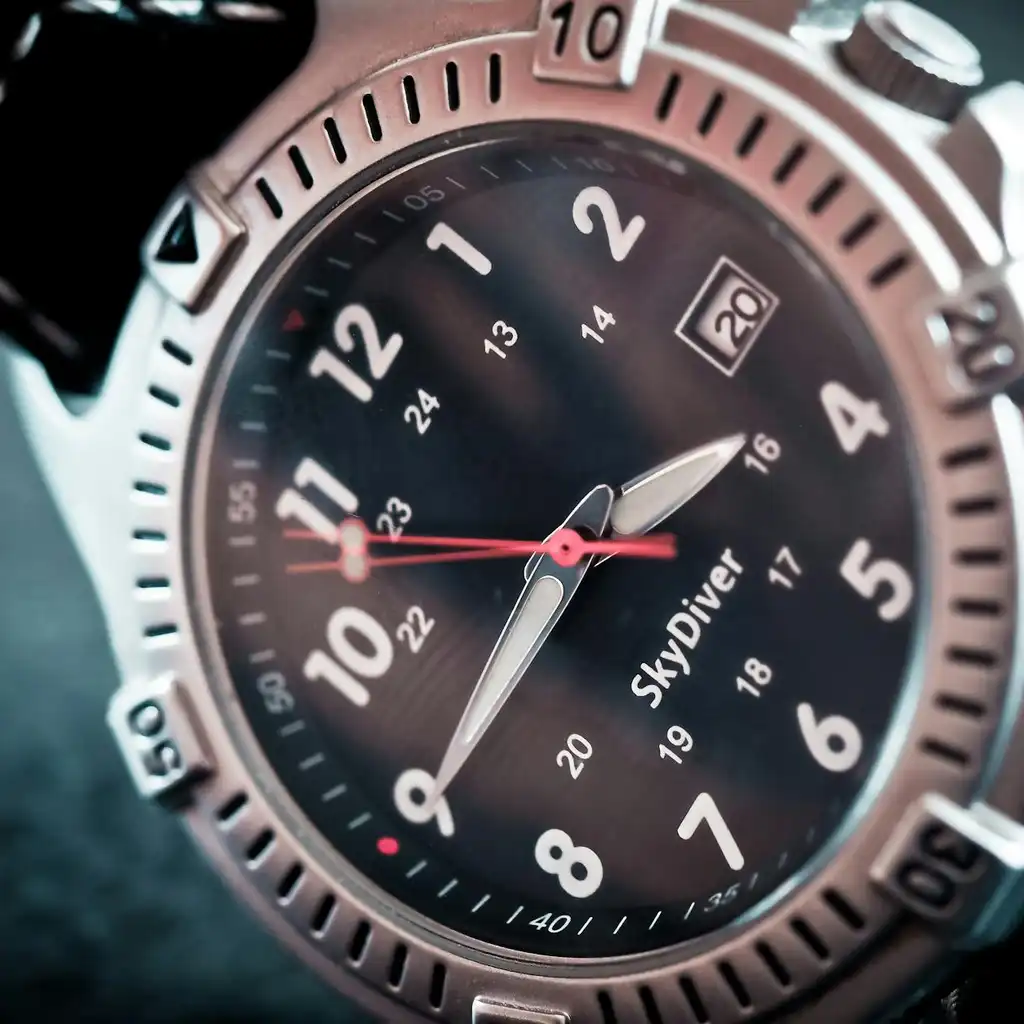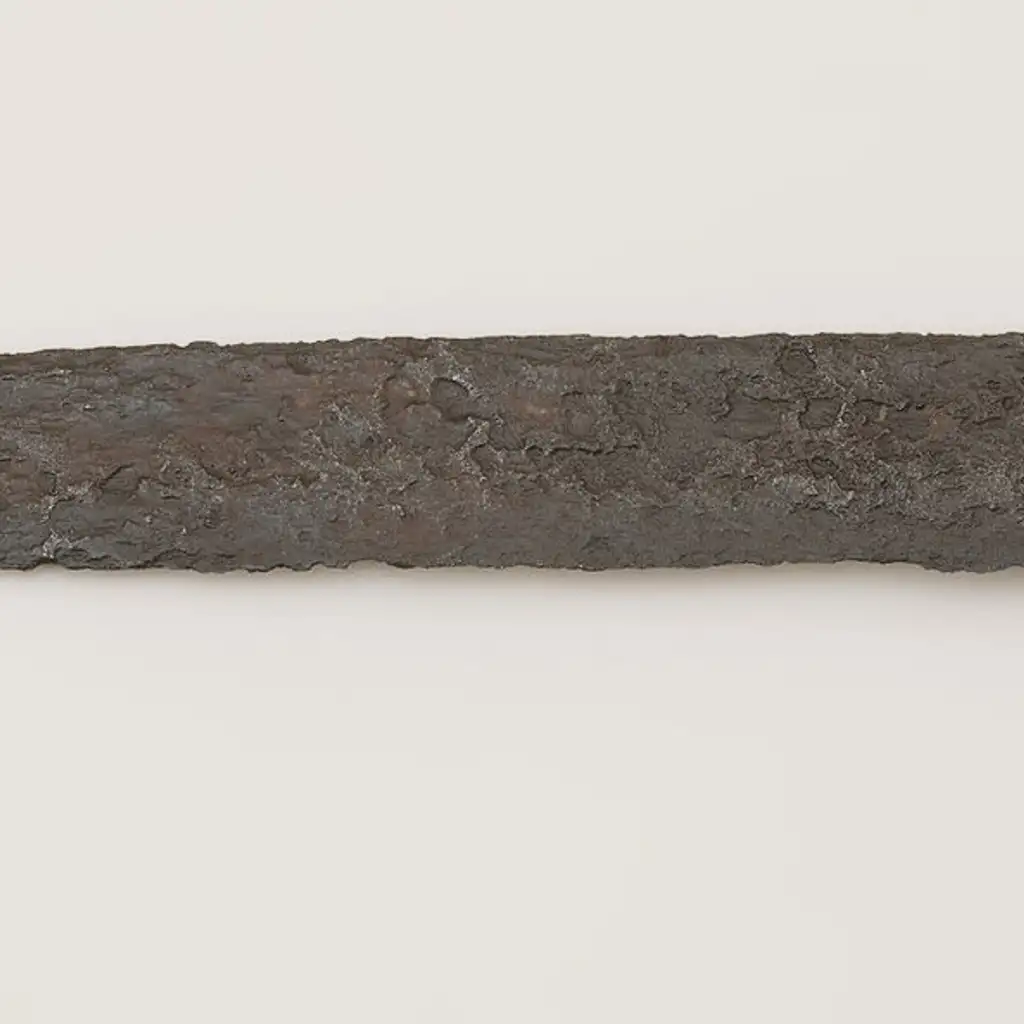Owning an Atari Jaguar in the modern era of gaming is akin to possessing a rare artifact from a bygone age—a testament to the ambition and tumultuous history of video game technology. The Jaguar, Atari’s last hurrah in the console market, was released in 1993 amidst a fiercely competitive era dominated by giants like Nintendo and Sega. It promised a leap into the next generation with its 64-bit architecture, a claim that was both its selling point and, ultimately, a source of controversy and debate.
The Atari Jaguar’s inception was marked by ambition. Developed with the intent of leapfrogging over the 16-bit systems of the time, the Jaguar was designed to be a powerhouse capable of delivering unparalleled graphics and gaming experiences. Its architecture, featuring a 64-bit memory interface, was a bold move. However, the decision to market it as a 64-bit system, when many of its components did not fully utilize this capability, led to skepticism and criticism.
Despite the technical debates, the Jaguar boasted some memorable titles that showcased its potential. Games like “Iron Soldier,” “Alien vs. Predator,” and “Tempest 2000” offered glimpses of the system’s capabilities, delivering experiences that were unique at the time. Yet, the system’s library was hampered by a lack of third-party support, a critical factor that contributed to its downfall. The difficulty in programming for the Jaguar’s complex architecture deterred many developers, leading to a sparse and often underwhelming game lineup.
The Jaguar’s commercial performance was a reflection of its struggles. With sales far below those of its competitors, the system failed to gain a significant foothold in the market. The gaming community’s reception was mixed, with some embracing the system’s potential, while others were turned off by its shortcomings and the perceived overpromise of its 64-bit label. This dichotomy has left the Jaguar with a legacy that is both fascinating and cautionary.
Today, the Atari Jaguar occupies a unique niche in gaming history. It is remembered not just for its commercial failure, but for its ambition and the lessons it provided in the evolution of gaming technology. The Jaguar’s story is a testament to the challenges of innovation in a rapidly evolving market, and its legacy continues to be studied by gaming enthusiasts and historians alike.
For those who own an Atari Jaguar today, it represents more than just a failed console. It is a piece of gaming history, a reminder of a time when the future of video games was not yet written, and the possibilities seemed endless. The Jaguar, with all its flaws and triumphs, remains a symbol of ambition and the enduring passion of the gaming community.








